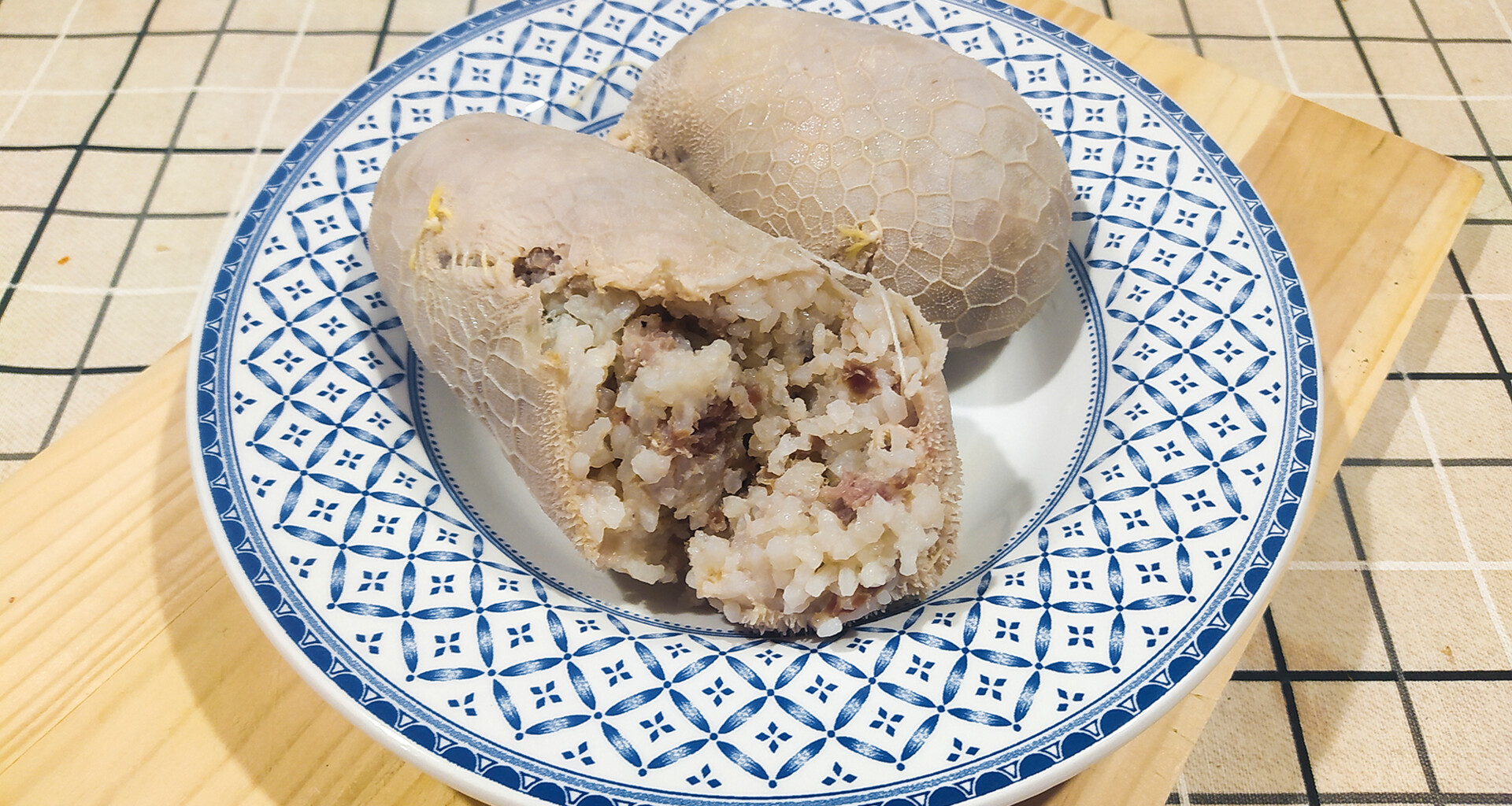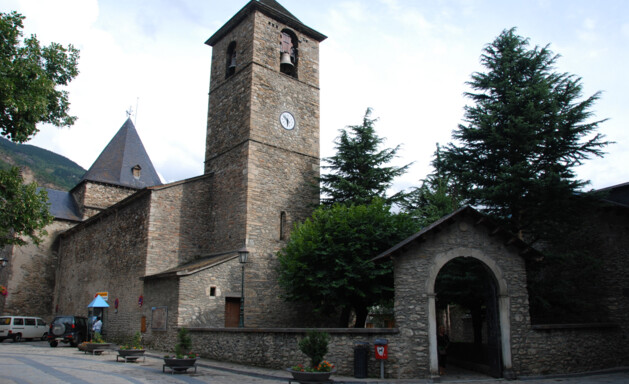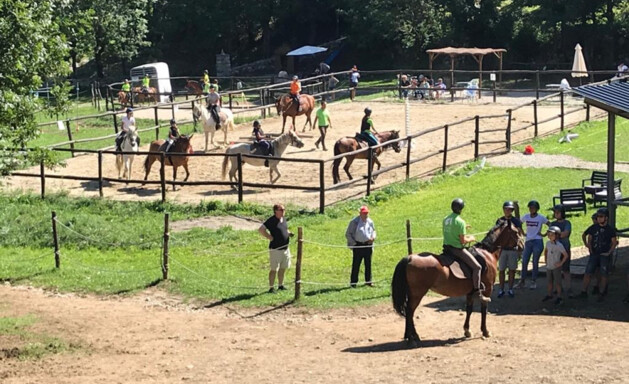Aragonese Pyrenees: The gastronomic delights you must try
Discover the most delicious dishes of Aragonese Pyrenees cuisine to recharge after hiking or an equestrian route.

At Anima Equi, we know that Aragonese cuisine is the perfect complement to our horseback riding rides. After an equestrian tourism ride, there is no better way to recharge than with high-mountain Mediterranean food. In the Benasque Valley, we have excellent meat, delicious wines, cold cuts, and dishes that will delight travelers looking for a different kind of vacation that combines nature and horseback riding. Here are some must-try recipes from our local cuisine.
Recipes from the ancient shepherds of the Pyrenees
First, the Recao is a traditional stew from Binéfar (Huesca) that was once eaten daily in the valley. It stands out from other regional stews due to its purely vegetable ingredients: it does not include chorizo or meat but is made with white beans, potatoes, and rice, seasoned with a bit of onion and garlic. The dish is completed with paprika and bay leaf, adding flavor to the broth and creating a very tasty dish.
Also the Chiretas are a very typical and almost exclusive dish of the Aragonese Pyrenees, an example of full utilization of lamb. They are fried slices made from rice, minced lamb meat (such as sweetbreads, lung, or heart), garlic, parsley, and spices. Of humble origin, today they are considered a delicacy in the La Ribagorza and Somontano areas. The latter is also famous for its Denomination of Origin wine, known for its high quality, making it the ideal pairing for these dishes.
The shepherd’s migas is a simple yet flavorful dish originating from the shepherds who roamed the Pyrenean mountains. It is made from crumbled stale bread, garlic, and olive oil. Often enriched with ingredients such as chorizo, longaniza, bacon, or blood sausage, it is commonly served with grapes or a fried egg. This energy-rich dish is perfect for replenishing strength after a horseback riding adventure or a pony ride along our trails.

Premium quality meat in Huesca
One of the region’s most representative dishes is Ternasco de Aragón. It is young lamb, fed on mother's milk and selected grains, which gives it a tender and flavorful meat. Traditionally, it is oven-roasted, although it can also be grilled or stewed. This dish is an emblem of Aragonese cuisine and is renowned for its unparalleled taste. The beef from the Benasque Valley is also delicious and of excellent quality.
Another delicious dish is wild boar civet, a stew that dates back to the Middle Ages, made with meat, red wine, and onions. Lastly, we cannot forget the longaniza de Graus, a cured sausage made with the best pork cuts, eaten in various ways: roasted or fried, in sandwiches, with fried potatoes, on flatbreads, or in stews and lentil dishes. To soak up the sauces from these exquisite dishes, artisan bread is essential, such as the one made in the Farré de l’Aigua de Noales bakery in the valley.
Traditional Desserts: The Sweet Finale to a Great Meal
After a good meal, nothing is better than finishing with a sweet touch. Aragonese gastronomy offers some delicious desserts, such as crespillos de borraja, made from a local vegetable, borraja (borage), whose leaves are coated in a light batter, fried until crispy, and dusted with sugar.
Empanadico de calabaza is another sweet treat that originated in Huesca as a way to use leftover bread dough, mixed with a bit of oil and filled with sweet pumpkin. Other versions use apples for the filling or, in a savory variation, spinach with pine nuts and raisins.
Another traditional sweet is the trenza de Almudévar, a piece of flaky pastry with butter, filled with a special yolk, walnuts, almonds and raisins macerated in rum. It is cooked daily, fresh and tender, and its dough is coated with icing sugar to give it shine and flavor.
Gastronomy and Equestrian Tourism: The Perfect Combination
Enjoying Aragonese cuisine pairs perfectly with equestrian tourism in the natural setting of the Pyrenees. After a day of exploring beautiful landscapes on horseback, savoring these traditional dishes makes any rural getaway even more authentic. That’s why, at Anima Equi, our courses and equestrian rides introduce you to local culture and cuisine, turning your vacation into an unforgettable experience. Additionally, the Pirineo Gourmet ride by Anima Equi is the perfect plan for lovers of fine cuisine and horses.
The gastronomy of the Aragonese Pyrenees is a reflection of its rich history and traditions. Dishes like shepherd’s migas, chiretas, or crespillos de borraja tell the story of these mountains and offer a variety of flavors that will delight even the most demanding palates. Immerse yourself in the cultural tradition of the Pyrenees with our adventure plans!

